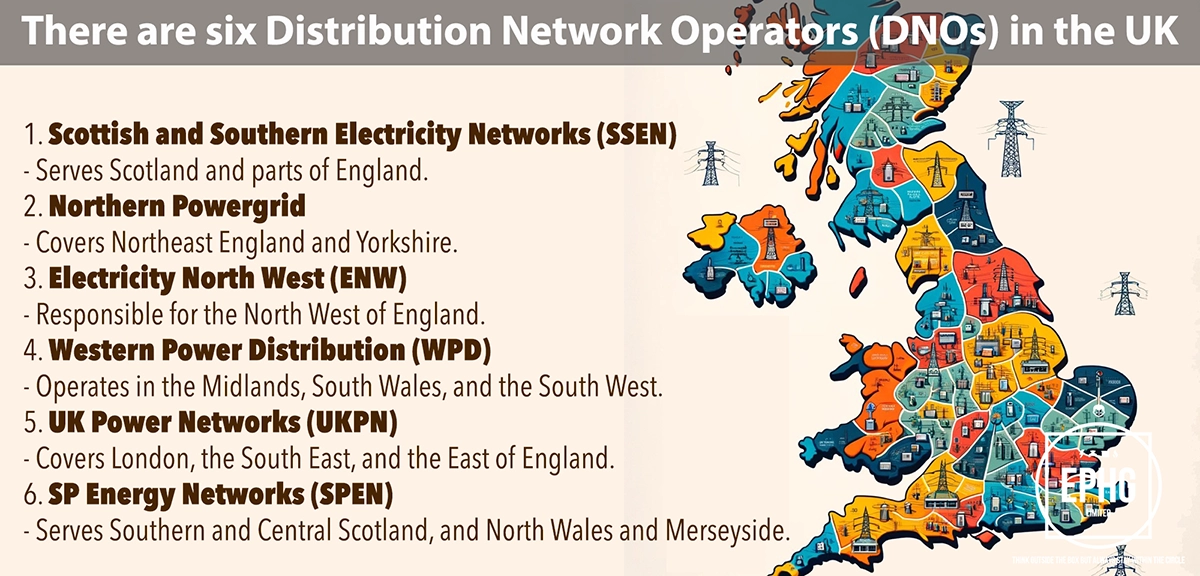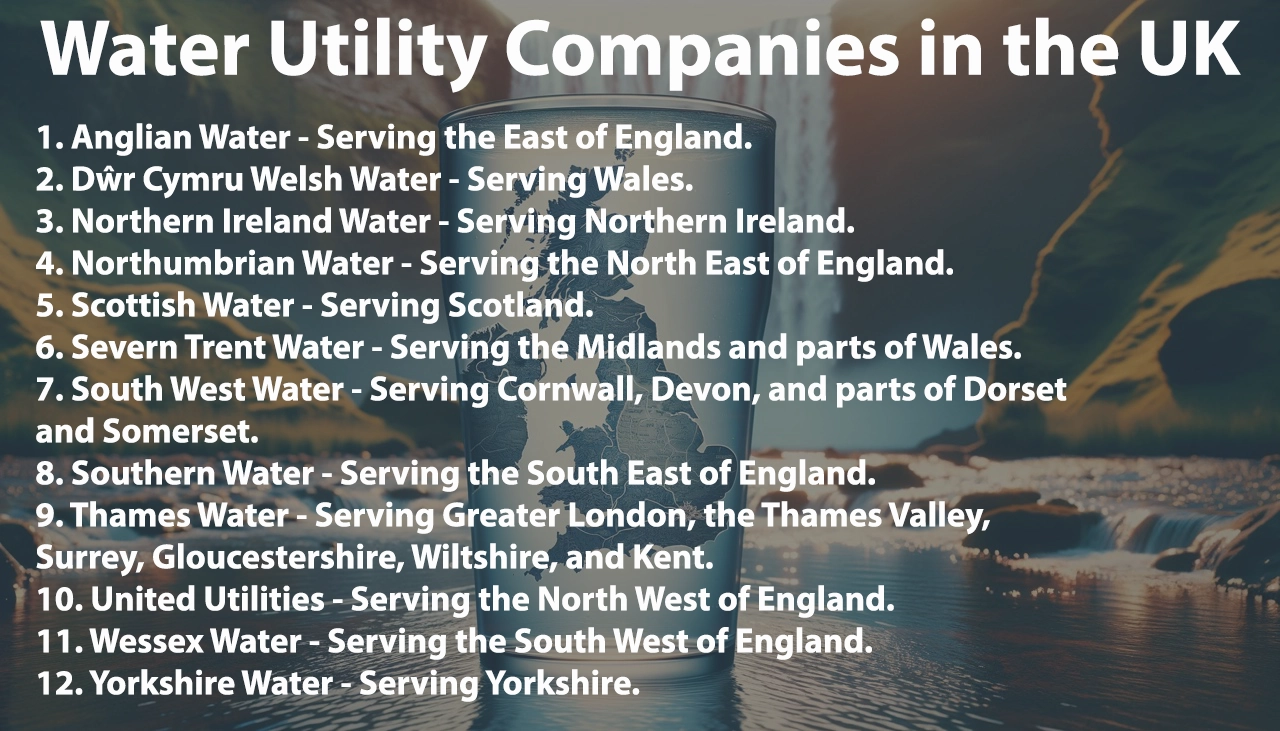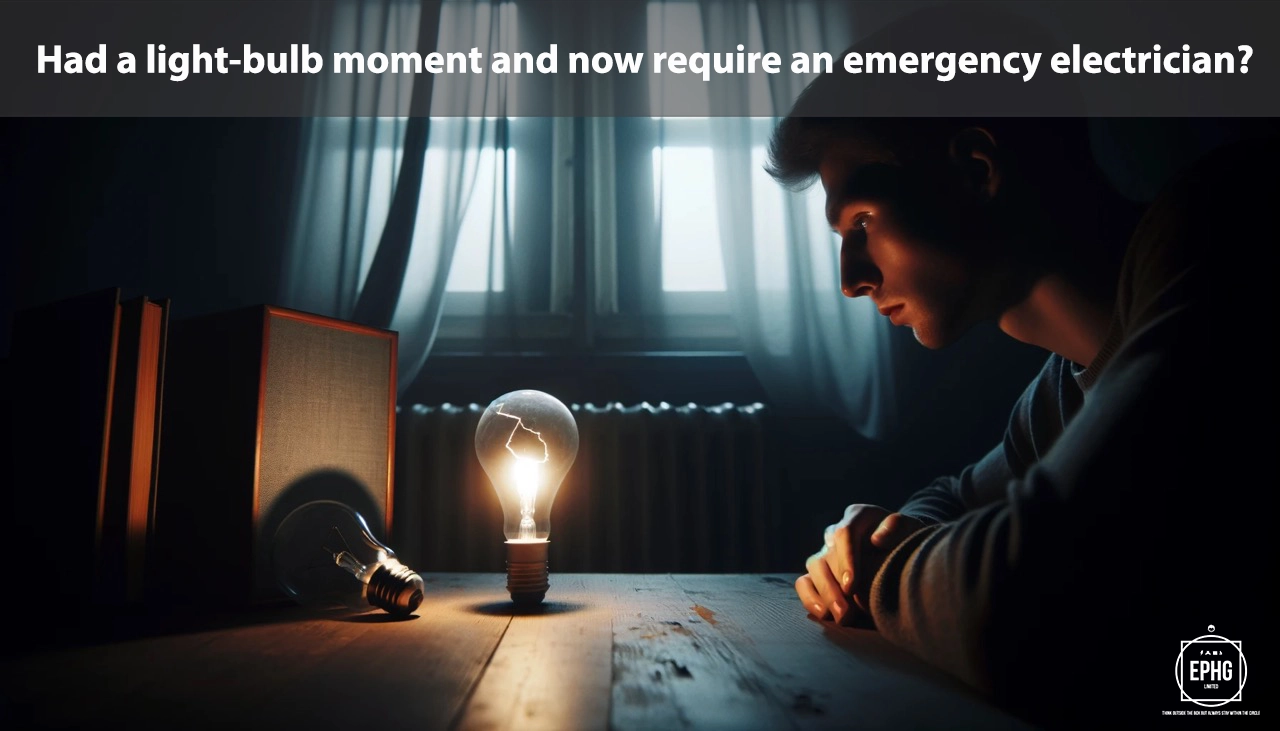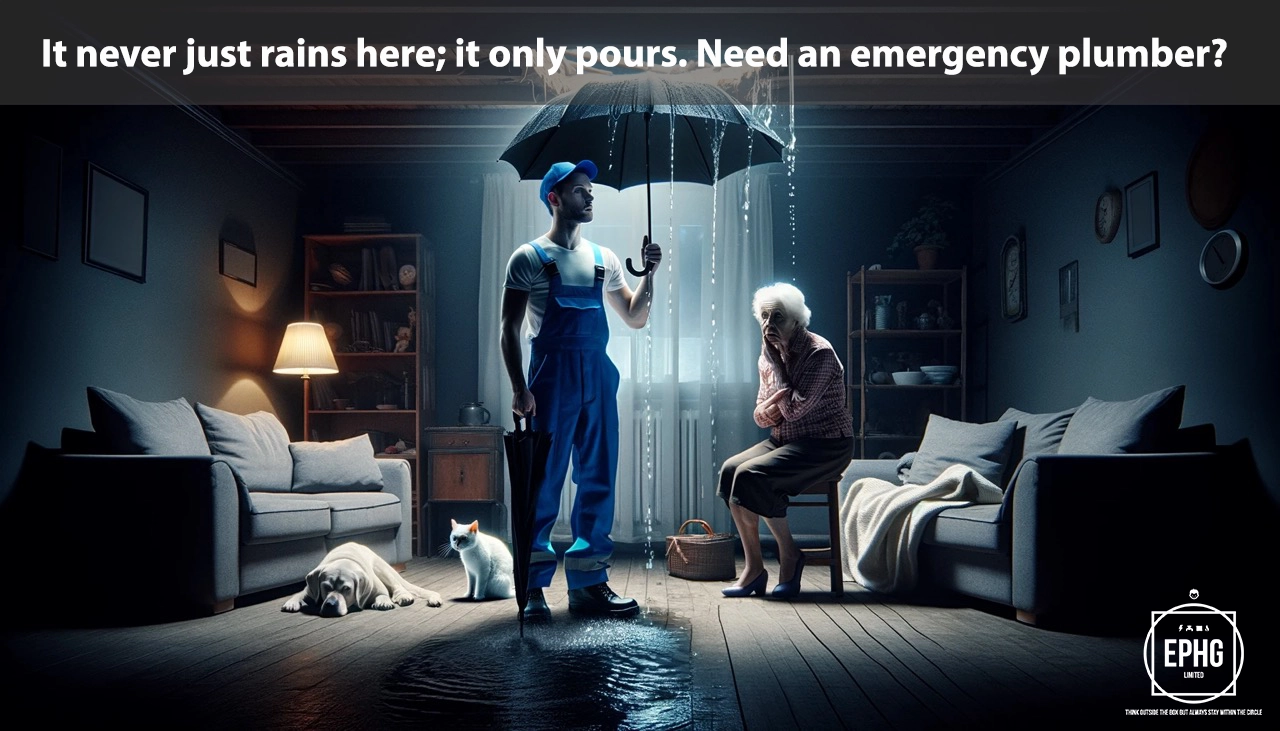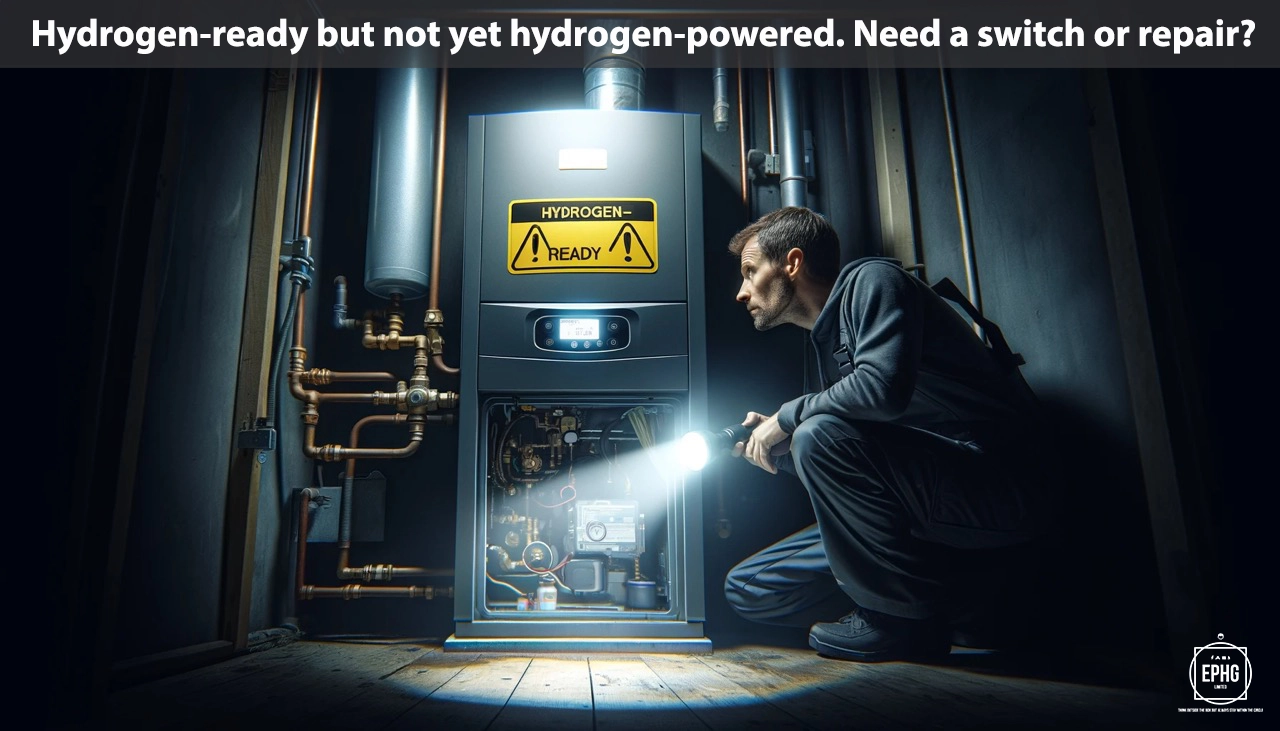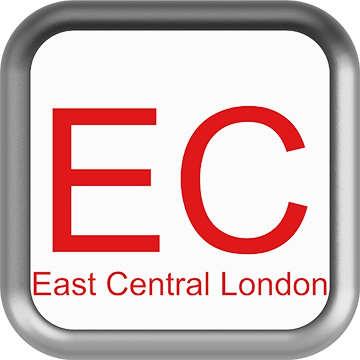
EC Postcodes for Utilities & Services in Central London
Introduction: The EC postcode area, encompassing the heart of London, including the historic City of London and parts of the East Central area, offers a unique perspective on urban utilities. Here, we delve into insights about water and electricity, among other essential services.
Water in Central London
Where does the water supply come from in Central London, and is there ever a shortage of water?
In Central London, especially within the EC postcode area, the water supply primarily comes from the River Thames and the River Lee. These rivers are essential for meeting the area's water demands, with advanced treatment facilities ensuring that water standards are consistently met before distribution. Despite the high demand from the dense population and commercial activities, London's water supply remains generally robust. However, like many urban areas, Central London faces challenges such as climate change and infrastructure aging. The local authorities and water companies continuously monitor water levels and implement modernization projects to ensure sustainability. Conservation measures are also promoted among residents and businesses to maintain a reliable water supply in this bustling metropolitan area.
What is the hardness & quality of the water in Central London, and can this affect your health?
The water in Central London, drawn from the River Thames and River Lee, is classified as 'moderately hard' due to its journey through limestone and chalk areas. This hardness is due to higher concentrations of calcium and magnesium, leading to scale buildup in appliances and affecting the efficiency of soap and detergents. Despite this, the water meets all health and safety standards, undergoing stringent testing for any contaminants. While hard water has no significant health risks and can even contribute beneficial minerals, individuals may notice differences such as skin dryness or changes in the taste compared to softer water regions. Water providers often offer advice and solutions for managing hard water effects at home, ensuring that residents have access to comfortable and safe water usage.
Electricity in Central London
Where does the electric supply come from in Central London and what is the future of energy there?
The electricity supply in Central London, particularly in the EC postcode areas, is derived from a combination of sources. Traditionally, it has depended heavily on national grid connections to fossil fuel-generated power. However, there is a growing shift towards renewable and cleaner energy sources. The City of London has seen an increase in the use of solar panels on buildings and is exploring the potential of wind power, where feasible. Additionally, there are ongoing investments in energy efficiency and the development of local microgrids. The future of energy in Central London is focused on reducing carbon emissions, with plans to increase the reliance on renewable energy sources, such as solar and wind, and to explore innovative solutions like energy storage and smart grid technologies. This transition aligns with the wider London plan to become a zero-carbon city by 2050, highlighting the shift from traditional energy sources to a more sustainable, green energy infrastructure.
When is hydrogen coming to gas boilers in Central London?
Central London, including the EC postcode area, is part of the UK's broader initiative to decarbonize heating systems by exploring the use of hydrogen fuel. The timeline for the introduction of hydrogen to gas boilers in Central London is still under development, as it depends on national strategies and the outcomes of ongoing hydrogen heating trials. These trials are part of the UK's effort to reduce greenhouse gas emissions and combat climate change. Residents and businesses in the area are encouraged to stay informed through local government announcements and energy provider updates. In the meantime, they are advised to continue maintaining their gas boilers and to consider energy efficiency improvements to reduce their carbon footprint. The switch to hydrogen, when it occurs, will be part of a gradual transition aimed at minimizing disruption while maximizing environmental benefits.
Where Does the Wastewater Go in Central London
In Central London, wastewater management is critical to maintaining the city's sanitation and environmental health. Wastewater from households, offices, and industries is collected and transported to treatment facilities such as the Beckton Sewage Treatment Works, one of the largest in Europe. These facilities process the wastewater to remove contaminants and pollutants, ensuring that the treated water meets strict environmental standards before being released back into the Thames River. This process is essential for protecting the river's ecosystem and the health of London's residents. The ongoing improvements to the sewage system and treatment facilities reflect Central London's commitment to environmental sustainability and public health.
Regions and Services:
The EC postcode area offers a varied landscape, blending the historical and financial heart of the City of London with vibrant surrounding districts. Key regions include:
- City of London: The financial nucleus featuring cutting-edge infrastructure for electricity and communications, underscoring its role as a global business hub.
- Clerkenwell, Farringdon, and Moorgate: Areas that combine historical charm with modern living, displaying a mixture of old and new utility services adapted to their rich cultural and economic tapestries.
- Shoreditch and Aldgate: Trendy neighborhoods experiencing rapid development and gentrification, where innovative energy solutions and tech-savvy utilities are becoming increasingly prevalent, supporting the dynamic, youthful population.
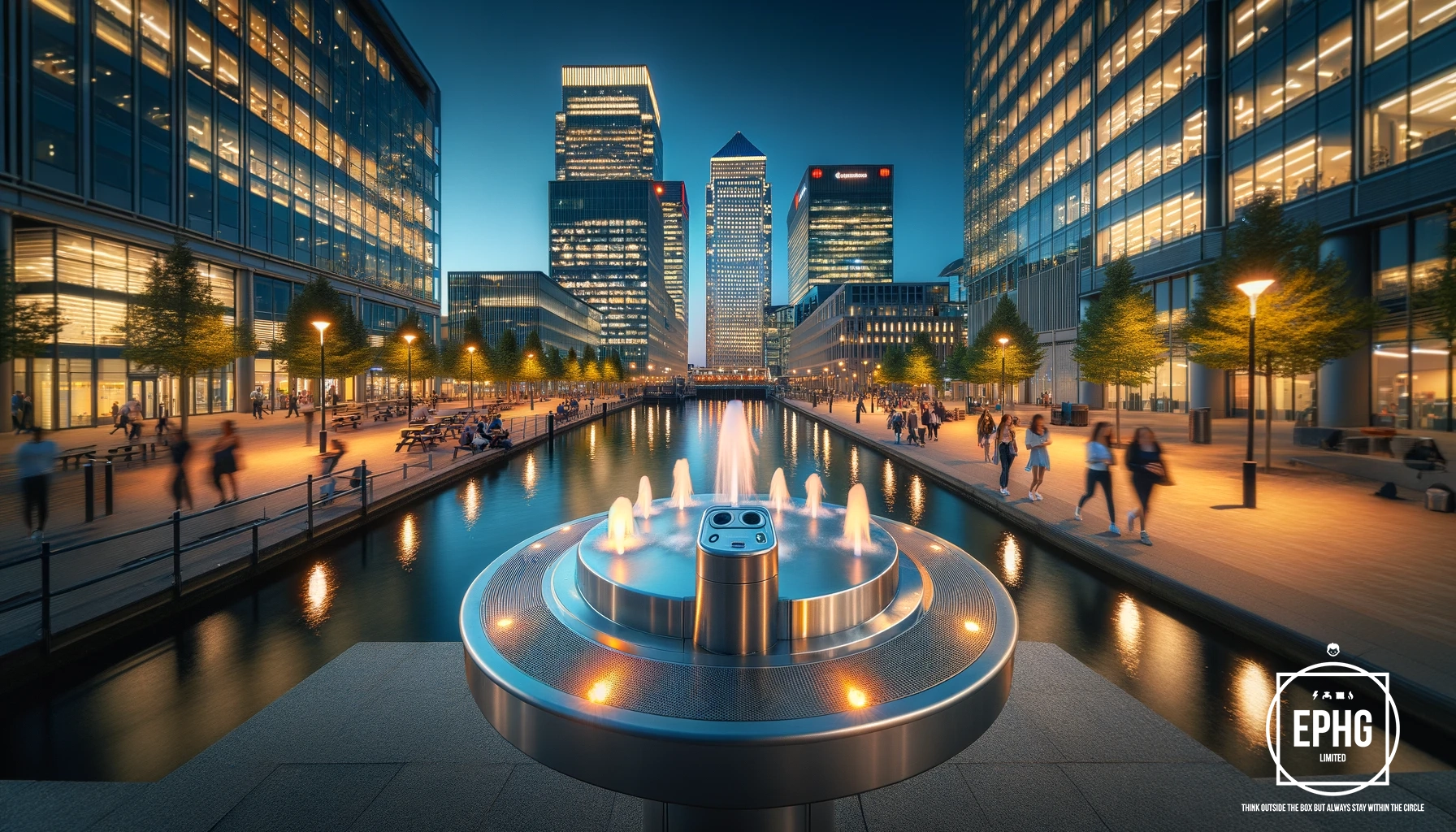
Regions within the EC Postcode
City of London
- EC1: Clerkenwell, Farringdon, Barbican
- EC2: Moorgate, Liverpool Street
- EC3: Tower Hill, Monument, Aldgate
- EC4: Fleet Street, St Paul's
Surrounding Areas and Neighbourhoods
- EC1A: St Bartholomew's Hospital
- EC1M: Clerkenwell, Farringdon
- EC1N: Hatton Garden
- EC1P: Finsbury (east)
- EC1R: Finsbury (west), Finsbury Estate (west)
- EC1V: Finsbury (east), Moorfields Eye Hospital
- EC1Y: St Luke's, Bunhill Fields
- EC2A: Shoreditch
- EC2M: Broadgate, Liverpool Street
- EC2N: Old Broad Street, Tower 42
- EC2P: London Wall
- EC2R: Bank of England
- EC2V: Guildhall
- EC2Y: Barbican
- EC3A: St Mary Axe, Aldgate
- EC3M: Lloyd's of London, Fenchurch Street
- EC3N: Tower Hill, Tower of London
- EC3P: Monument
- EC3R: Billingsgate
- EC3V: Cornhill, Gracechurch Street, Lombard Street
- EC4A: Fetter Lane
- EC4M: St Paul's
- EC4N: Mansion House
- EC4P: Cannon Street
- EC4R: Monument, Billingsgate
- EC4V: Blackfriars
- EC4Y: Temple
